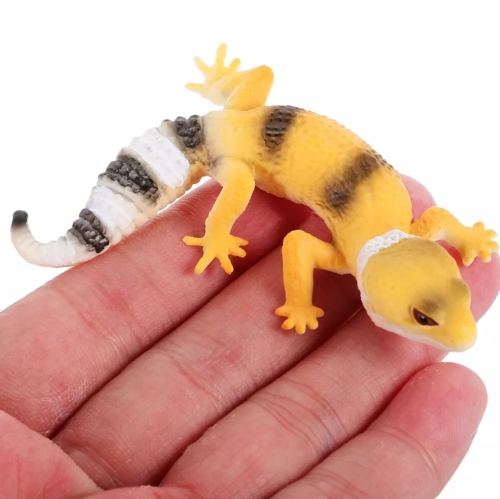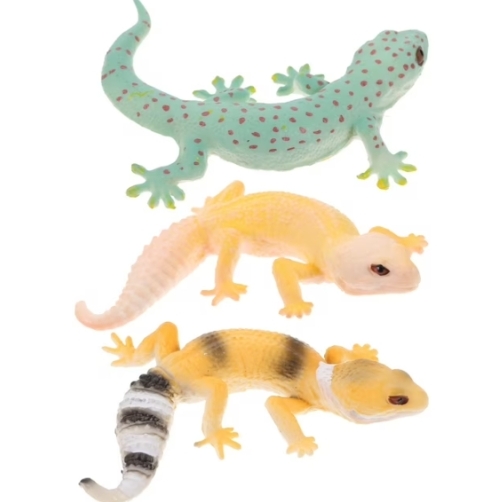A gecko model is a structure or algorithm inspired by the unique characteristics of the gecko. Geckos are known for their excellent climbing abilities and flexible survival strategies, and these characteristics have provided important implications for research in a variety of scientific fields.
The sole of a gecko's foot has a special microstructure that provides strong adhesion on a variety of surfaces, whether smooth glass or rough stone. At the heart of this structure lies the van der Waals force, a weak interaction between molecules that allows geckos to attach easily and move quickly. The researchers used this biological property to develop gecko models for designing new adhesive materials. These materials show great potential in a variety of applications, from medical devices to construction, and have become the focus of researchers.
In addition to its applications in materials science, the gecko model has also found its use in robotics. Robots designed to mimic the movement of geckos can not only move flexibly in complex environments, but also perform a variety of tasks such as search and rescue and exploration. Inspired by the flexibility and adaptability of geckos, engineers continue to improve the robot's structure and control systems, enabling it to operate efficiently in a variety of extreme conditions.
Gecko models are also widely used in the field of bionic design. Scientists study the skin and muscle structure of geckos for inspiration and explore how to design materials that can repair themselves. This biologically inspired design concept has driven advances in materials science and has broad applications, especially in aerospace and medical fields.
In addition, the study of the gecko model has also triggered reflection on ecological adaptability. In the course of evolution, geckos have developed a variety of survival strategies and can quickly adapt to environmental changes.
















